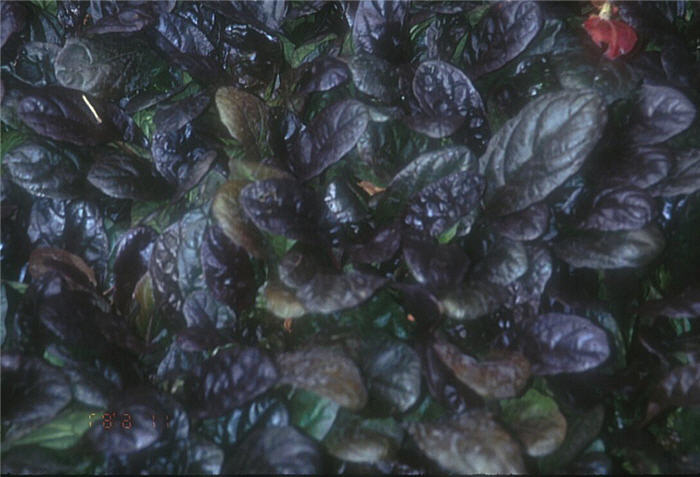| Botanical Name: Ajuga reptans 'Purple Torch' | |
| Common Name: Purple Torch Ajuga |

-
Anatomy
-
Culture
-
Design
Plant Type
Ground cover, Perennial
Height Range
Under 1'
Flower Color
Lavender, Pink
Flower Season
Spring
Leaf Color
Brown, Green
Bark Color
n/a
Fruit Color
n/a
Fruit Season
n/a
Sun
Half, Shade
Water
Medium, High
Growth Rate
Fast, Moderate
Soil Type
Sandy, Clay, Loam
Soil Condition
Average, Rich, Well-drained
Soil pH
Neutral, Basic
Adverse Factors
Invasive
Design Styles
English Cottage, Japanese, Mediterranean, Ranch, Spanish, Tropical, Woodland
Accenting Features
Showy Flowers
Seasonal Interest
Spring, Summer, Fall
Location Uses
Entry, Perennial Border, Shrub Border, Foundation, Patio, Raised Planter, Walkways
Special Uses
Mass Planting, Lawn Alternative, Naturalizing, Small Spaces
Attracts Wildlife
n/a
Information by: Stephanie Duer
Photographer:
Photographer:
-
Description
-
Notes
‘Purple Torch’ is a stoloniferous, mat-forming, bugleweed cultivar, with rosettes of oval, shiny, dark green leaves typically form a 3 to 5 inch tall carpet. Spires of lavender-pink flowers appear in spring that rise well above the foliage to 12 inches tall. Foliage turns bronze in winter. When in full flower, large plantings can produce a striking floral display.
Plant in part to full shade, though best leaf color occurs with some sun. Prefers rich, organic soils that are well-drained. Spreads rapidly by stolons and can be quite aggressive in lawns. Plants may be mowed on high setting after blooming in order to remove spent flower spikes and to tidy the appearance, though it isn't necessary. Goes dormant in winter and emerges in early to mid spring, depending on the weather. In shadier areas, it may require less-frequent watering.